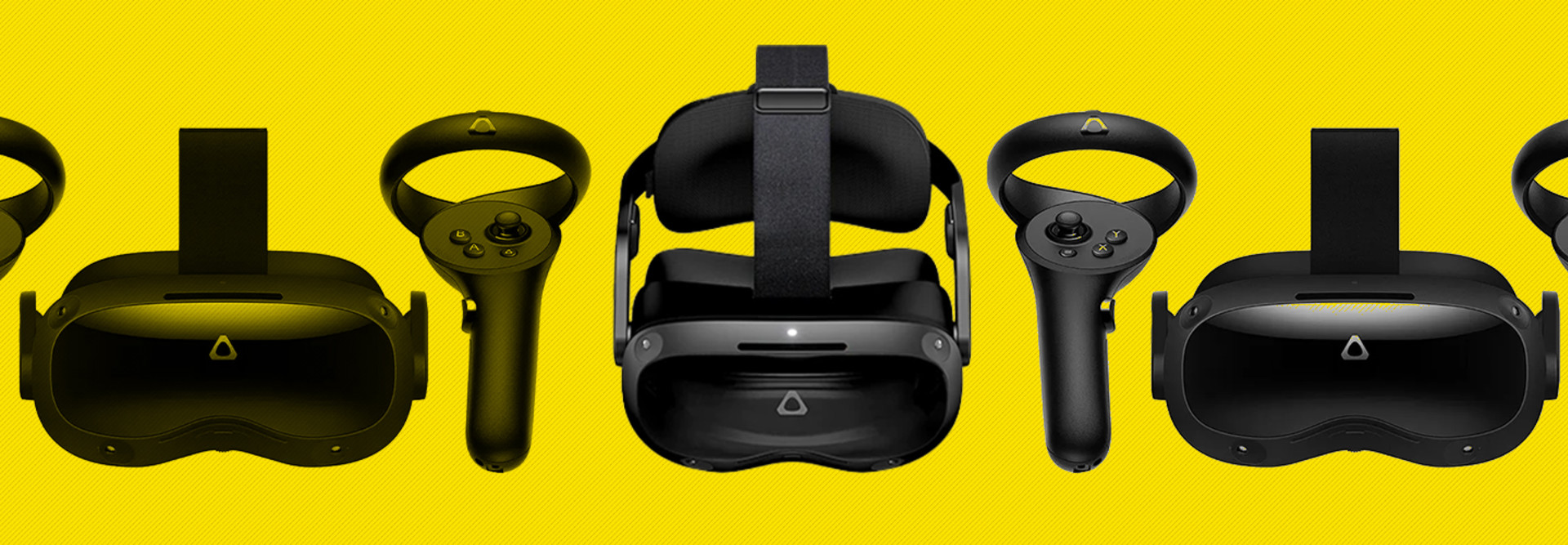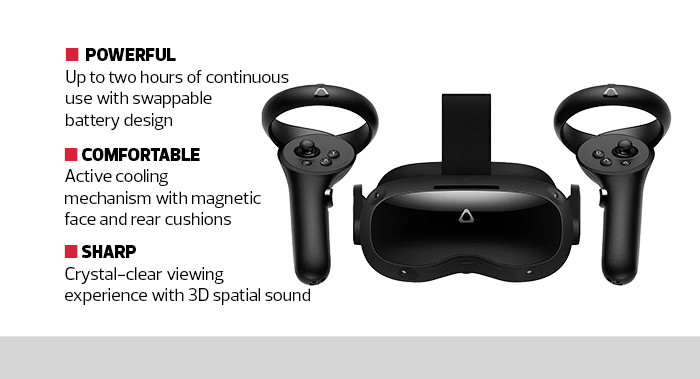Custom Applications Offer Students Multiple Engaging Ways to Learn
The VIVE Focus 3 headset’s compatibility with various educational VR platforms and its ability to access and deploy custom VR applications make it a versatile tool for different subjects and learning objectives.
As a 3D modeling and animation teacher, I was especially impressed with an app called Gravity Sketch that allows users to create, share and collaborate on design ideas in a virtual studio.
RELATED: Schools keep student devices charged and ready.
I found that when I sketched with Gravity Sketch, the visualization provided by the app helped me visualize the object in a much more delightful way than merely sketching on a desktop computer. The first time I stood up and literally walked behind the 3D object I created in VR was an unbelievable feeling.
I also liked the Open Brush app, which gives students access to a digital canvas where they can draw in 3D using an assortment of brushes. The virtual dissection apps are a great way to use the VIVE Focus 3 in science class. The educational purposes for the headset are indeed endless.
Enterprise Tools Help Deploy, Manage and Monitor Multiple Headsets
The school district’s IT department will appreciate HTC’s enterprise management tools for the VIVE Focus 3. These tools enable easy deployment, management and monitoring of multiple headsets, ensuring that educators can focus on teaching rather than technical issues. Additionally, HTC provides enterprise support, ensuring that any technical issues can be promptly addressed, minimizing downtime.
Although the two controllers hold their charge much longer than the headset, I was able to get about two hours (as advertised) of continuous use out of the headset before the battery depleted. The compartment pops off with ease to reveal a swappable battery.
WATCH: Immersive technologies help students learn more about careers.
In the school environment, however, where a typical class period lasts under one hour, the device will only last a couple of periods, so it would be wise to have a few extra batteries on hand. In a pinch, the device can quickly charge up to 50% power in just 30 minutes. As sanitation is a consideration, it’s nice to know the magnetic face and rear cushions detach for quick cleaning and can be attached just as fast.
School administrators can also buy students personal cushions to provide even better hygiene when sharing the device.
As education continues to embrace digital innovation, investing in VR headsets can make lessons more dynamic and accessible while equipping students with essential skills for the modern world.
SPECIFICATIONS
RESOLUTION: 5K
REFRESH RATE: 90Hz
CONNECTIONS: Two USB 3.2 Gen-1 Type-C, Bluetooth 5.2 + BLE; Wi-Fi 6
FIELD OF VIEW: 120 degrees
AUDIO: Dual Microphones, dual drivers, 3.5 mm audio jack output
INPUT: Dual integrated microphones, headset button
BATTERY: 26.6Wh, removable and swappable












